In March 2020, the University of Toronto moved to an entirely online/remote teaching environment in response to the global COVID-19 pandemic. Instructors, staff and students pivoted quickly and, for some, there was a steep learning curve. This Re:Think series focuses on instructor experiences – how they connected with students and colleagues, the creative ways they approached the transition, and the challenges they faced and resources they discovered while doing so.
We asked graduate student peer trainers with the Teaching Assistants’ Training Program to share their experiences as teaching assistants, Course Instructors and TATP staff members during this time.
Md Abdul Halim (Halim)
Sciences Trainer, Teaching Assistants’ Training Program
PhD, Department of Forestry
Connecting
I taught a large (~200) undergraduate course in which it was generally challenging to communicate with students and manage class activities effectively. We moved online due to COVID-19 when almost 70% of the coursework was finished. So, connecting with students and developing a sense of community was not a big challenge, as we were already familiar with each other. For classes that are starting online from the beginning, this might be a bit different.
All of my online lectures were asynchronous – posted class videos were on Quercus, and students were provided a couple hours to look at the contents prior to me and my TAs being available on Quercus Discussion (~ an hour) to answer students’ questions. This approach seemed to work well. Additionally, instead of physical office hours, I made myself available via email, Teams, or Skype. Although it took a bit of extra time, I found it rewarding.
It was not a challenge to actively engage with my colleagues since I knew most of them personally. Emails, phone calls, or sometimes video calls were common modes of communication with my colleagues. I found it often more effective (i.e., organized, to the point) to meet online rather than a physical meeting.
 The Role of Compassion and Understanding
The Role of Compassion and Understanding
To be honest, the sudden transition to online from offline (physical class) was not easy. The bright side of this challenge was how compassionate my students, colleagues, and the University were during this time. Creativity and my training at the TATP certainly helped me to navigate through this challenging time.
The decision not to go for synchronous communication, I think, was very timely and effective. It not only reduced the anxiety of timely presence in this challenging time but also allowed students to participate equitably.
Another challenge I faced was how to pass along reassuring information to students during the evolving situation without overwhelming them with emails/announcements. I used Quercus Announcements as my primary tool to share information with the class. My main strategy was to send a quick message to students about a new situation and reassure them that we are working on this problem. This would allow us more time to come up with a well-informed and thought-out announcement.
On some days, I would receive more than 40 emails, which I never received in my life! Sometimes I had to prioritize based on the emergency, sometimes I had to let go of some emails, and in many cases, I sent group emails (using BCC) to students responding to their similar concerns.
 Key Takeaways and Looking Forward
Key Takeaways and Looking Forward
Teaching online will probably not be as surprising for the summer and fall instructors since they will have more time to prepare. No doubt, it will still be challenging to ensure active learning in an online setting in order to achieve teaching goals.
My key takeaways from this experience are both related to pedagogy and personal life. I think a mix of synchronous and asynchronous communications may make the transition a bit smoother. Technology fails, so it is prudent to be prepared for it. Given equity issues are exacerbated by the recession, open education resources can be game-changers.
Keeping a work-life balance is challenging, so it is essential to have a concrete plan. There is help around the university; it’s always a good idea to seek help if needed.
During this unprecedented time, my main focus was to support students. In a post-COVID19 world, I would like to explore ways to incorporate these lessons into my teaching to make it more resilient in an uncertain and changing world.























